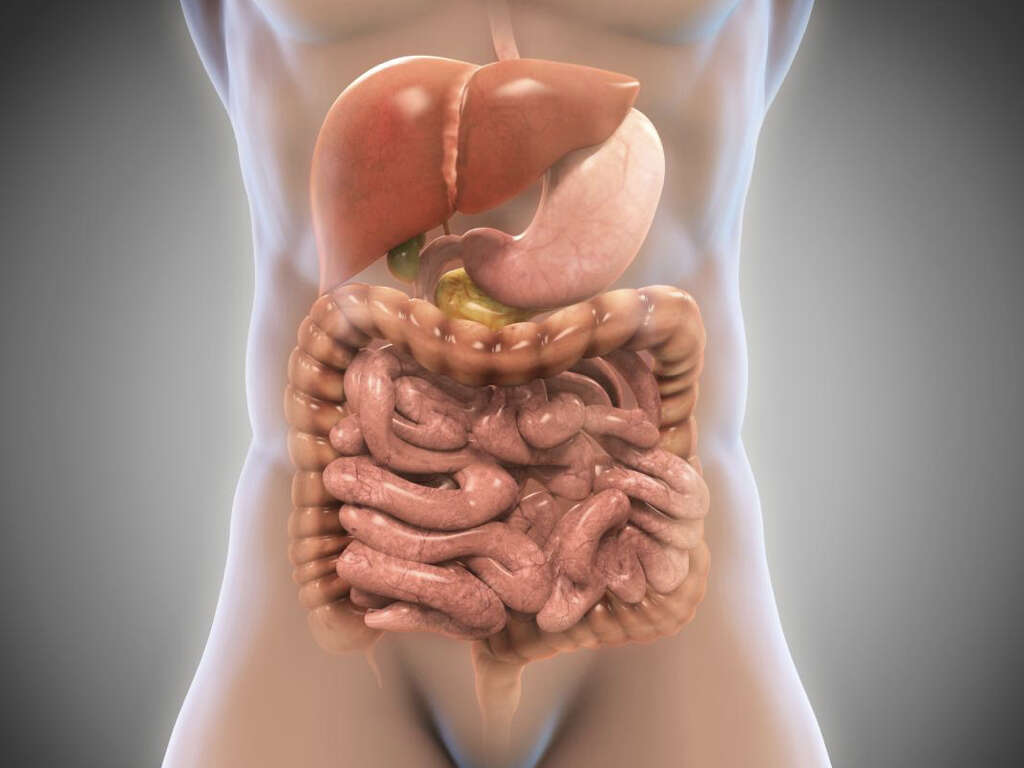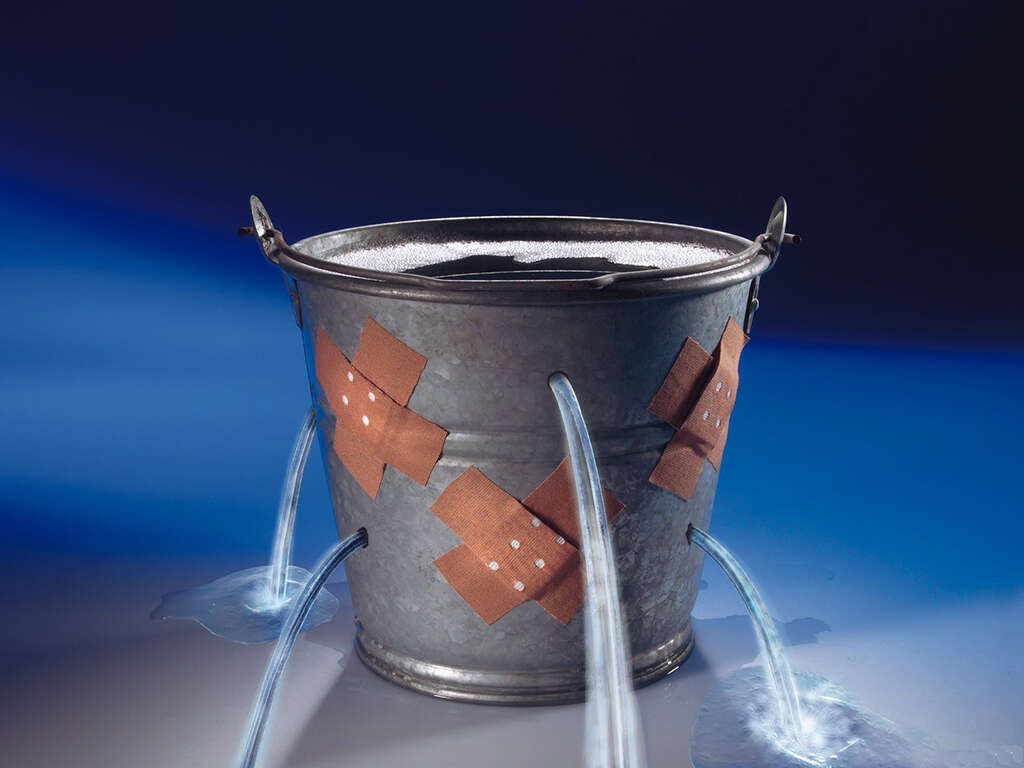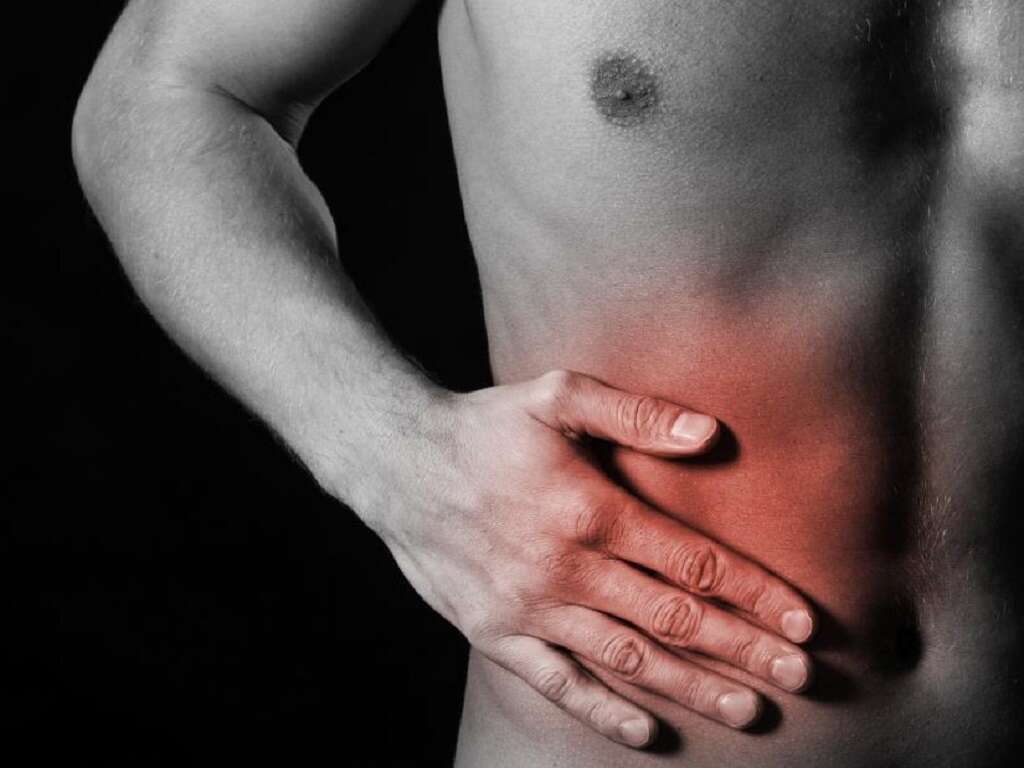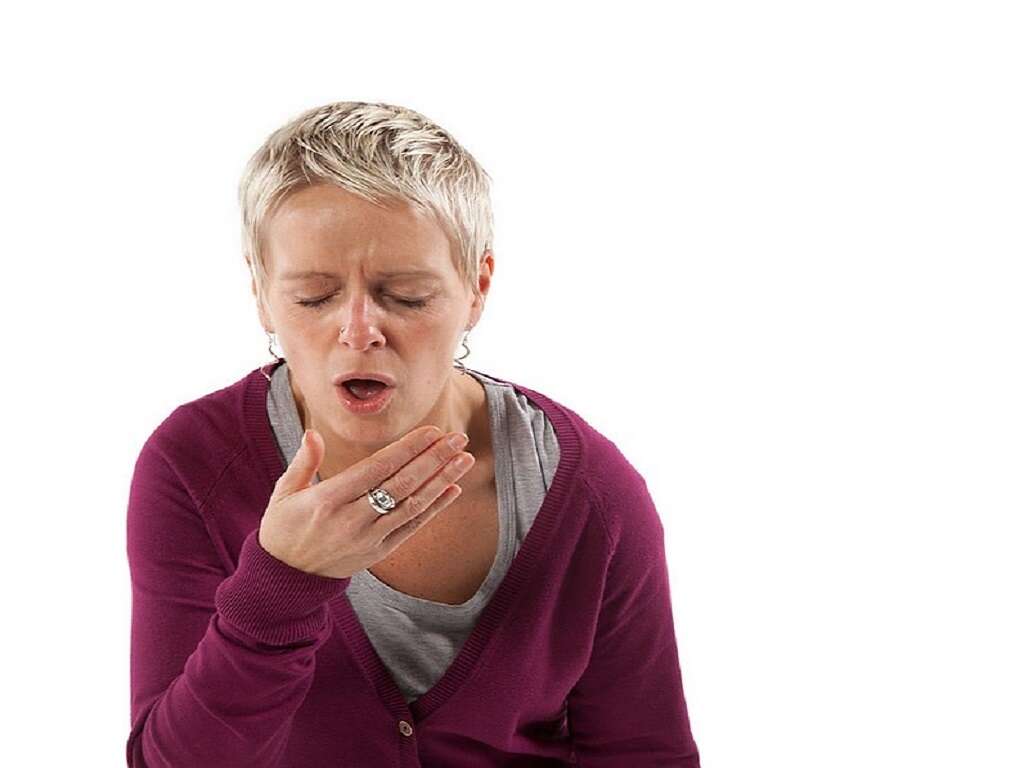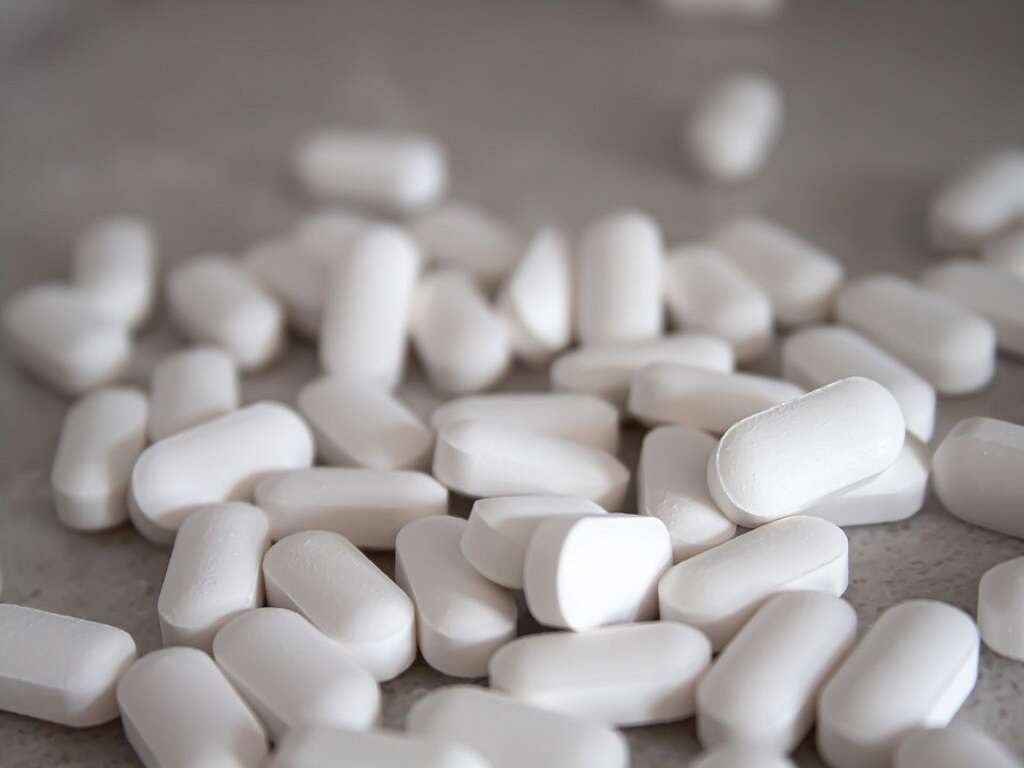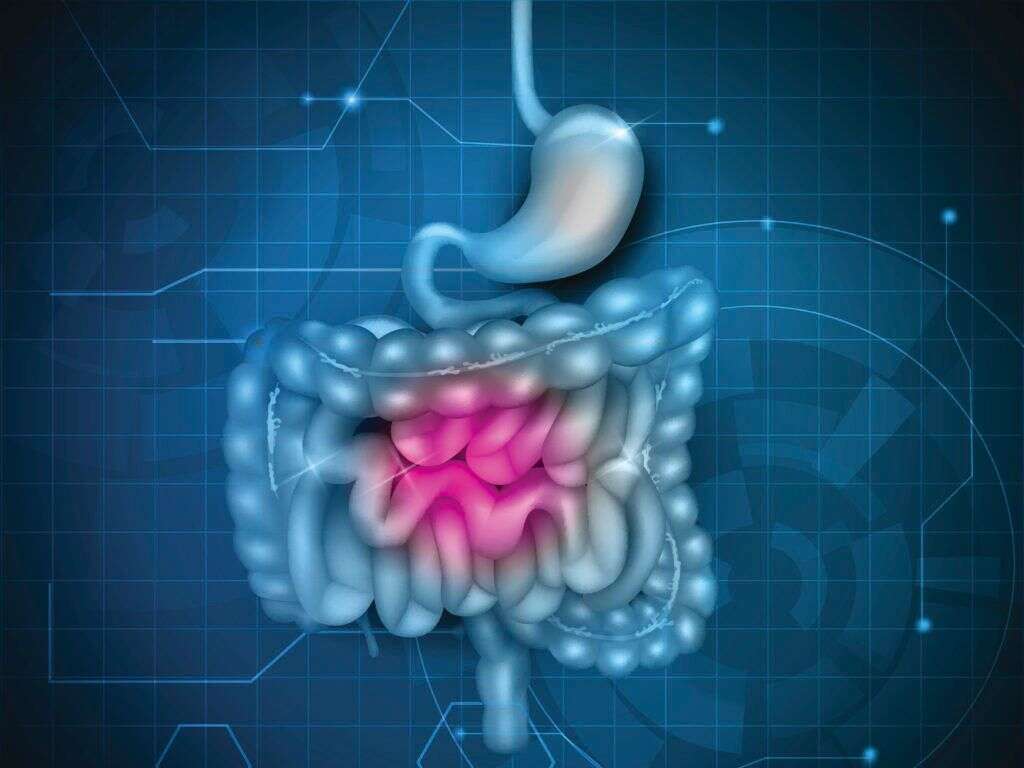What Is Cholangitis?
Bile is a yellow or green fluid that is produced by the liver to aid in digestion, particularly breaking down the fats that you consume. The gallbladder stores bile until it is needed, at which point it travels to the small intestine.
There are a series of small tubes called ducts by which the bile travels from one organ to another. This is called the bile duct system. Blockage or narrowing of a duct can cause bile to back up into the liver and provide an environment for bacteria to grow. The resulting inflammation is known as cholangitis.
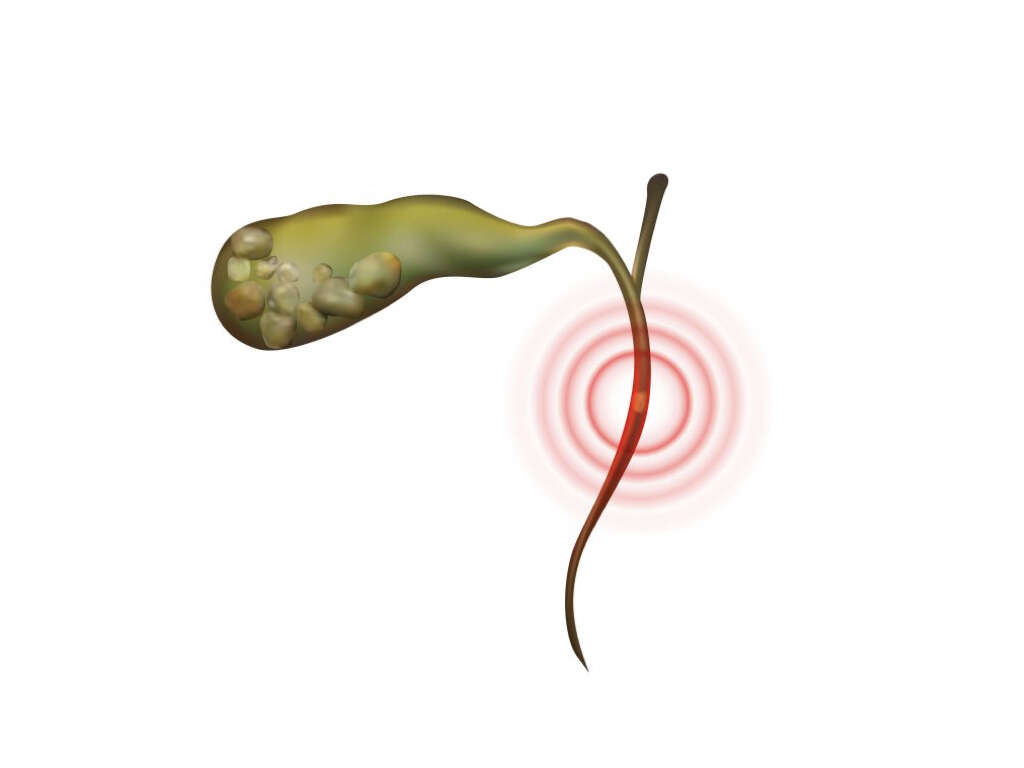
1. Types
Cholangitis is a relatively rare condition, affecting about 200,000 people in the United States every year. It can be either acute, meaning that it occurs suddenly, or chronic, meaning that it produces symptoms over a long period of time, ranging from five to 20 years.
There are many different types of cholangitis, which means that the causes, symptoms, and treatment options can vary greatly. There may, in fact, be overlap between the different types, which include immune cholangitis, secondary cholangitis, primary biliary cholangitis, and primary sclerosing cholangitis (PSC). A chronic condition like PSC may cause acute or subacute symptoms.

2. Risk Factors
Cholangitis occurs most frequently in northern Europe and in North America. Having a family member with current or previous cholangitis may put you at additional risk. It usually affects adults between the ages of 30 and 60. Women and men are equally affected by cholangitis.
Having certain medical procedures performed on the liver, gallbladder, or bile duct system may put you at risk for cholangitis. Underlying medical conditions can also increase your risk. Inflammatory bowel disease is a particular risk factor, although other autoimmune conditions may also contribute. Immune deficiency, which may occur due to HIV infection, is another risk factor.
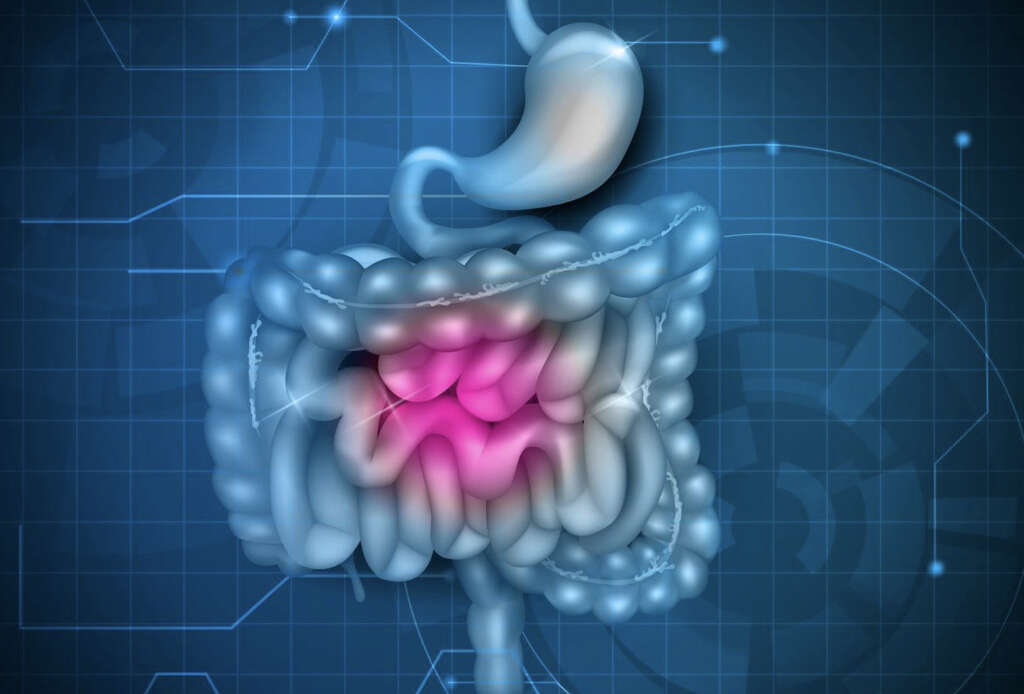
3. Causes
It is not always possible to determine the cause of cholangitis. Both chronic and acute cases can result from bacterial, fungal, parasitic, or viral infections. Bacterial infection is a common culprit. An infection in your blood can spread to your bile duct system and cause cholangitis, or sometimes there is a backflow of bacteria from the small intestine. Smoking is another potential cause.
The most common cause of acute cholangitis is blockage or narrowing of the bile ducts. This may occur due to gallstones. Swelling of another organ, such as the pancreas, can put pressure on the bile ducts and cause them to narrow.
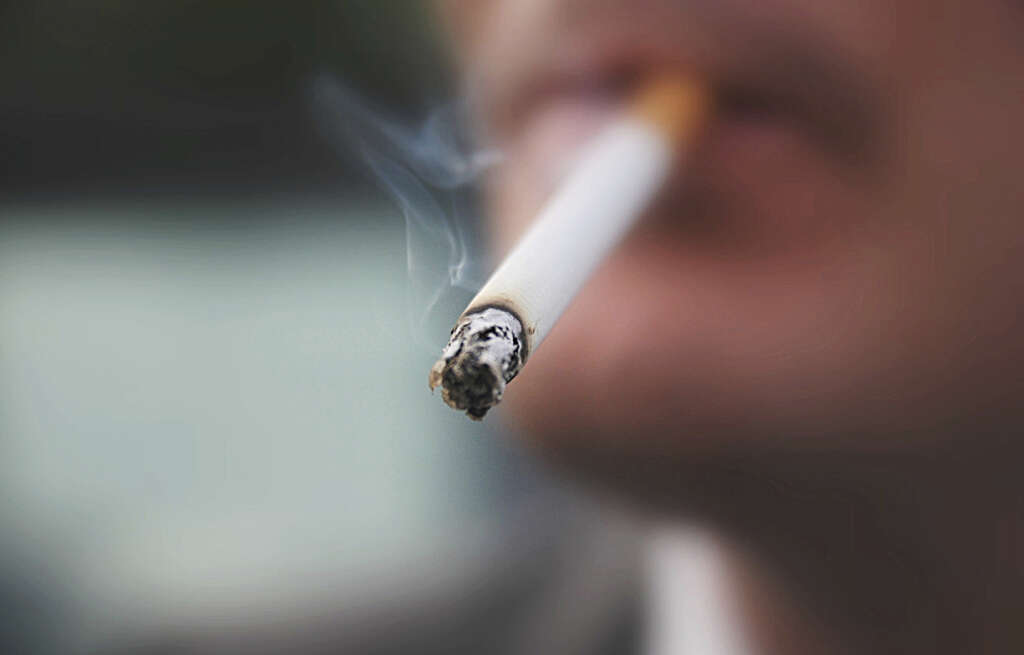
4. Symptoms
Not everyone with cholangitis exhibits symptoms. Possible symptoms include jaundice, which is a yellowing of the skin and eyes, and pain in the right upper quadrant of the abdomen or under the right shoulder blade. Bowel movements may become clay-colored or greasy, and bloating of the abdomen may occur. Fat deposits can develop in the limbs or around the eyes. Skin may become darker, and urine may darken as well.
The symptoms can mimic those of other diseases, especially conditions affecting the liver and gallbladder. If cholangitis is due to infection, you may also experience systemic symptoms such as nausea, vomiting, chills, and fever.
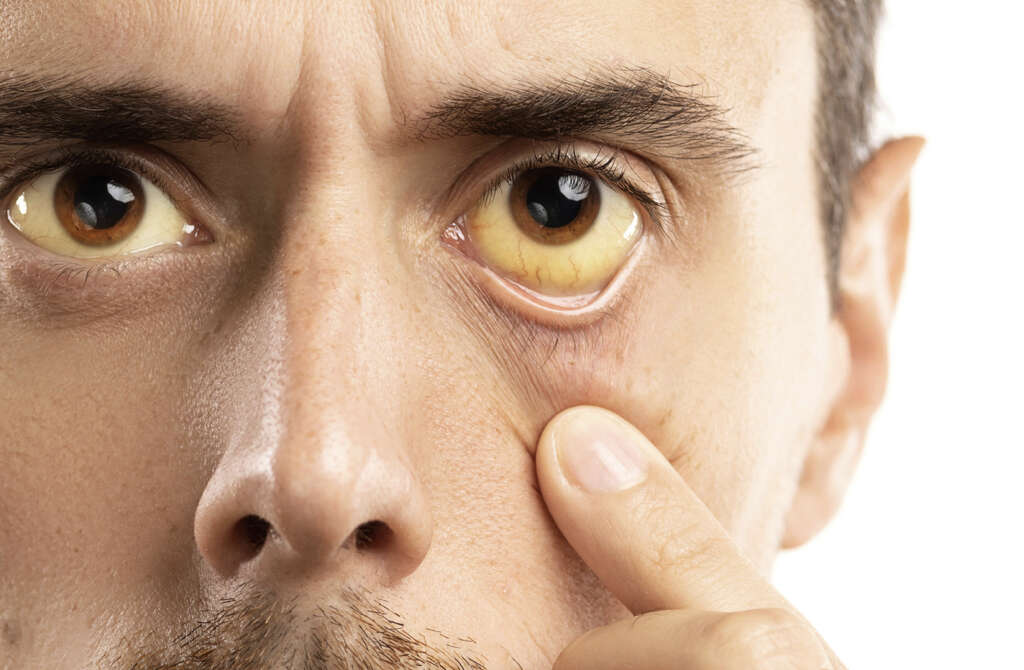
5. Complications
Cholangitis caused by an infection can lead to sepsis. This occurs when an untreated infection spreads through the blood to tissues in other areas of the body. A widespread infection is more difficult to treat. As a result, sepsis can be potentially life-threatening.
Part of the function of the liver is to filter out wastes from the bloodstream. If cholangitis has negatively affected liver function, it can cause the spleen to swell when old blood cells collect there. Veins in the stomach can swell or burst due to high blood pressure in the liver. Cirrhosis, which is scarring of the liver, can result from cholangitis. Gallstones can form when collected bile hardens.
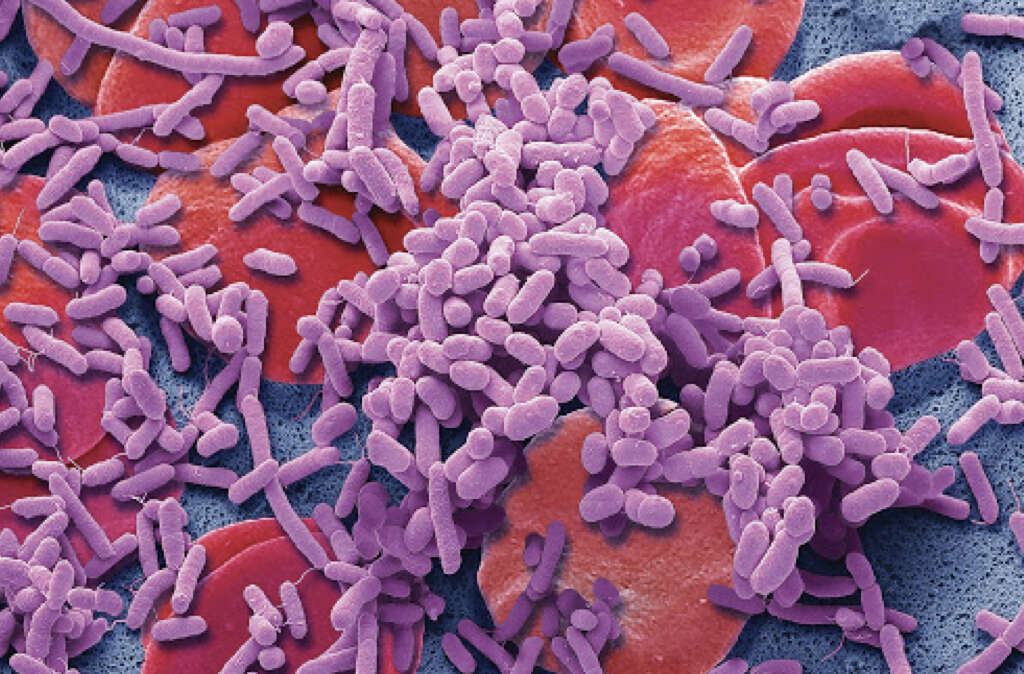
6. Diagnosis
There are different imaging tests used to visualize the bile duct system and identify any blockages, hardening, or narrowing. Some of these are non-invasive, such as ultrasound, which produces images by bouncing high-frequency sound waves off internal structures of the body. Other studies include CT scan, magnetic resonance cholangiopancreatography (MRCP), and endoscopic retrograde cholangiopancreatography.
Laboratory tests can also help diagnose cholangitis. These include tests of your liver function and enzyme levels. Your doctor may take a blood culture to look for bacteria or a complete blood count to look for other signs of infection.
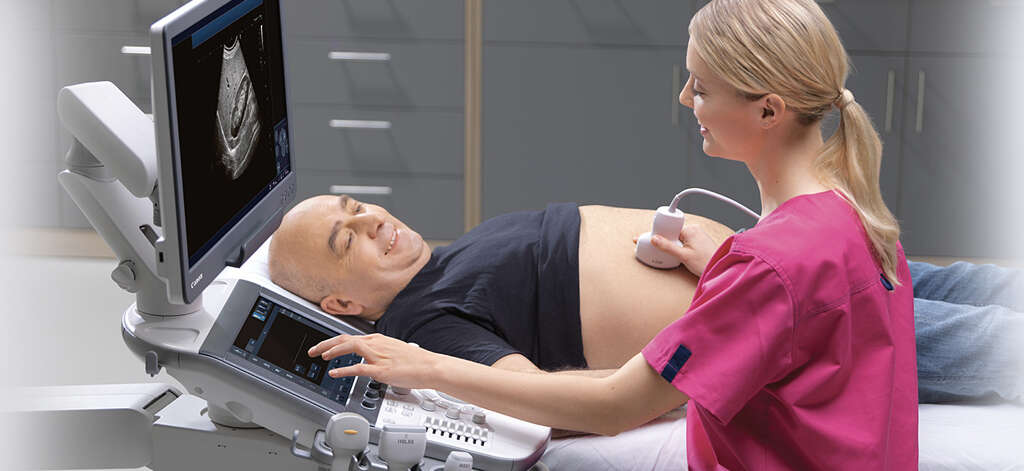
7. Treatment
Cholangitis is a serious condition that requires a stay in the hospital for treatment. Your doctor may first administer antibiotic medications to stabilize your condition. This may be sufficient to clear up the infection and resolve your symptoms. Otherwise, you may require surgery.
Endoscopic retrograde cholangiopancreatography is both a diagnostic tool and possible treatment modality for cholangitis. The endoscope is a tube equipped with a light and a camera. During ERCP, the endoscope is inserted into your mouth, down through your esophagus and stomach into your duodenum. Radio-opaque dye is delivered via the endoscope and an X-ray performed. Once the source of the blockage is identified through ERCP, the endoscope can be used to either widen the duct or remove the blockage.
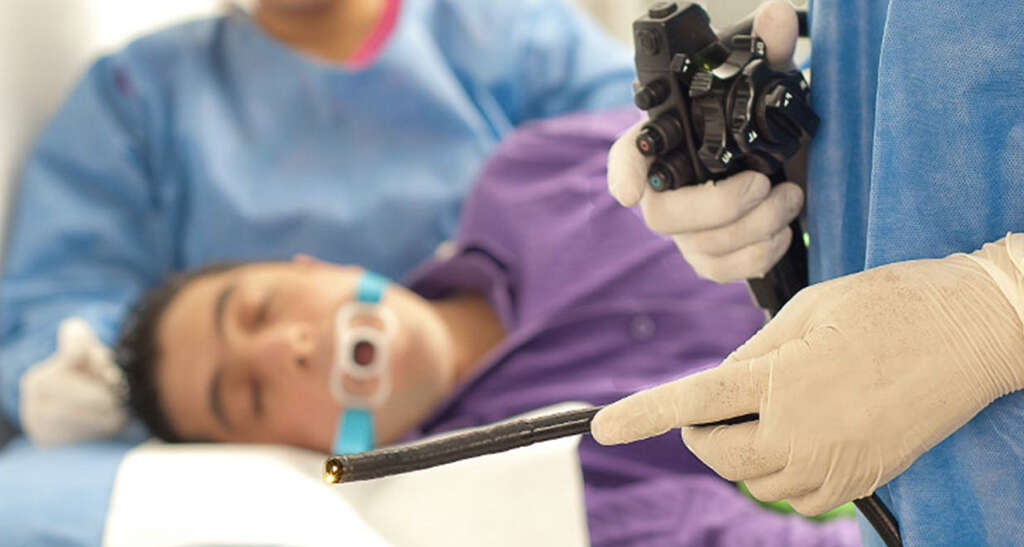
8. Recovery
Cholangitis does not get better on its own and could lead to complications if left untreated. You may receive antibiotic medications to treat infection, if one is present. If your symptoms resolve with antibiotics, your doctor will probably allow you to go home once your condition improves.
Following surgery, such as an ERCP, your doctor may allow you to return home to recover or keep you in the hospital for at least one more day for observation. Postsurgical symptoms may include a sore throat due to the endoscope, nausea, and bloating.
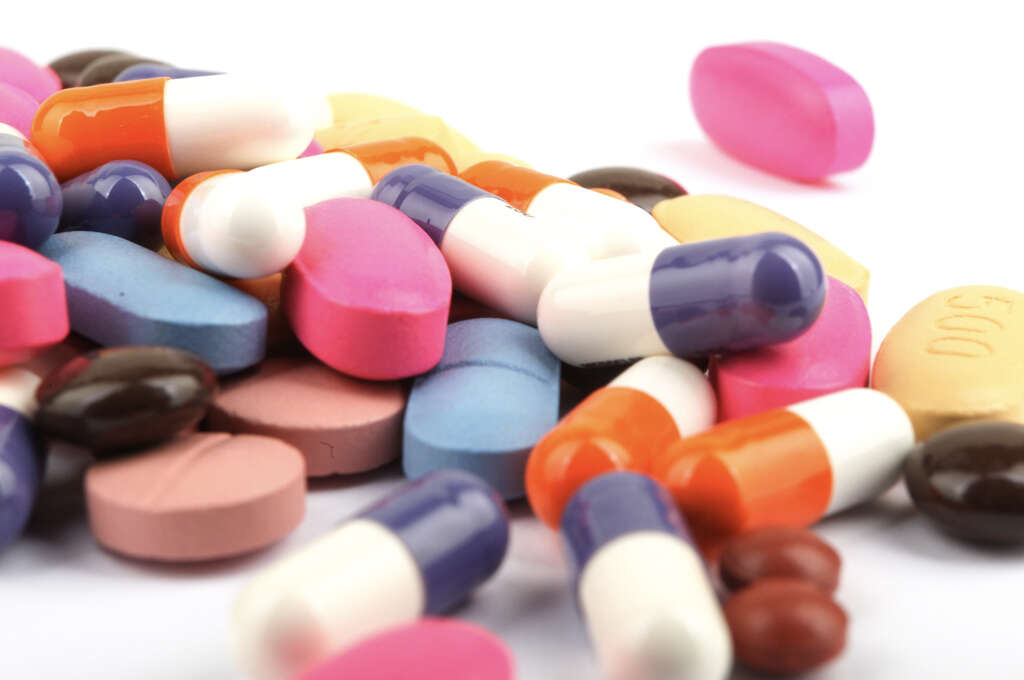
9. Prognosis
With treatment, most people with cholangitis make a full recovery. The chances for this improve when cholangitis is caught early and treatment takes place right away. Therefore, you should have regular checkups and routine lab work to gauge the health of your liver and bile duct system. This is important because some patients with cholangitis do not have symptoms.
Otherwise, you should contact your doctor right away if you have changes in digestion or yellowing of the skin and eyes. Severe abdominal pain or fever should also receive a doctor’s attention.

10. Prevention
Preventing cholangitis may not be possible since there are so many possible causes. However, you may be able to make lifestyle changes to reduce the risk of developing conditions that can cause cholangitis.
For example, since gallstones are a common cause of cholangitis, you can eat a low-fat, high-fiber diet to help prevent them from forming. Since smoking can cause bile duct inflammation, quitting tobacco use can help prevent cholangitis and offers numerous other health benefits as well.






